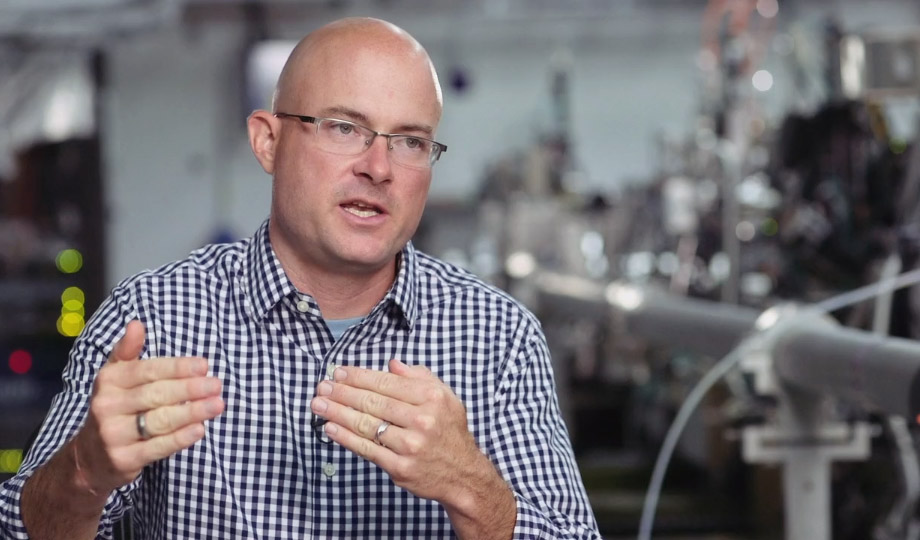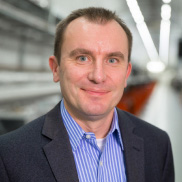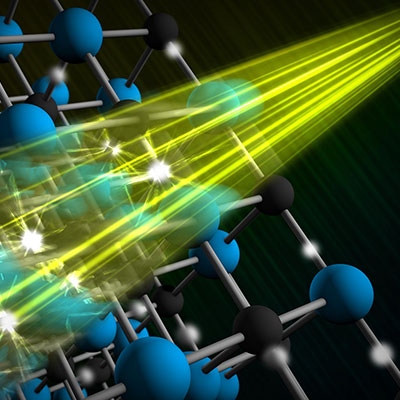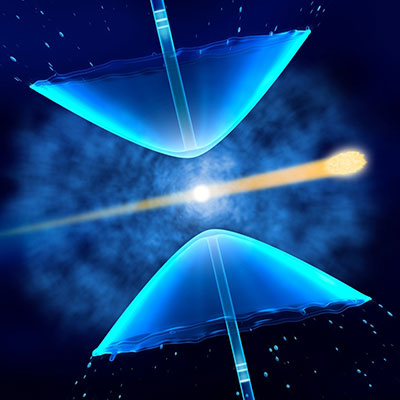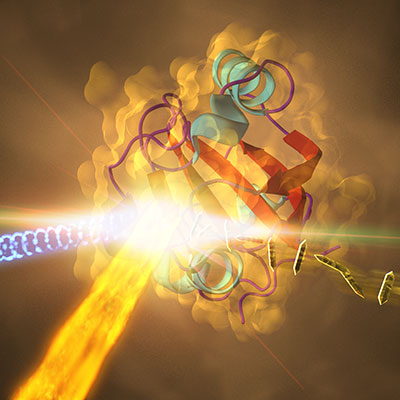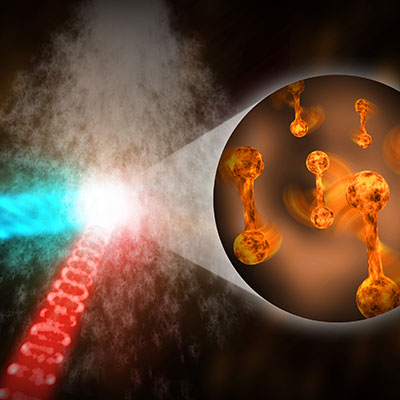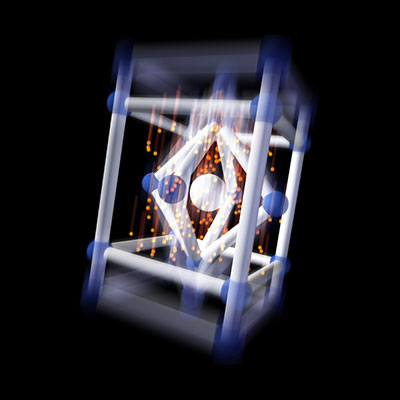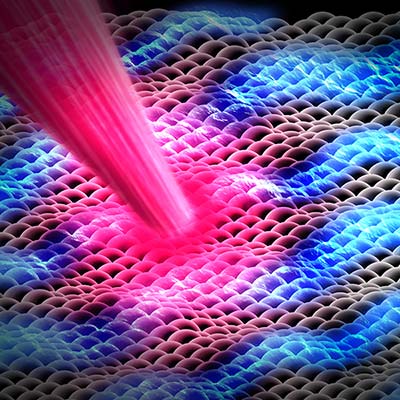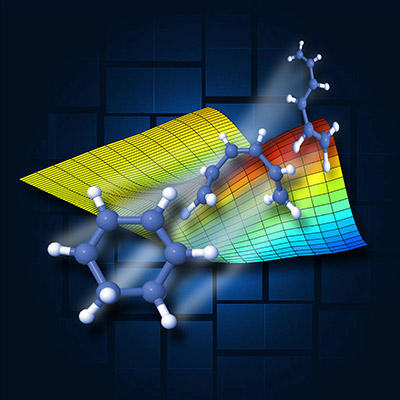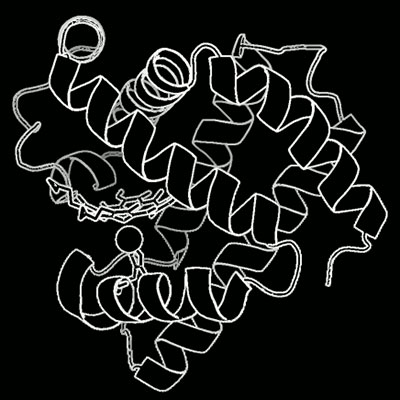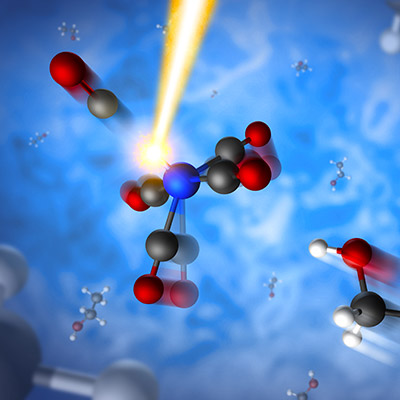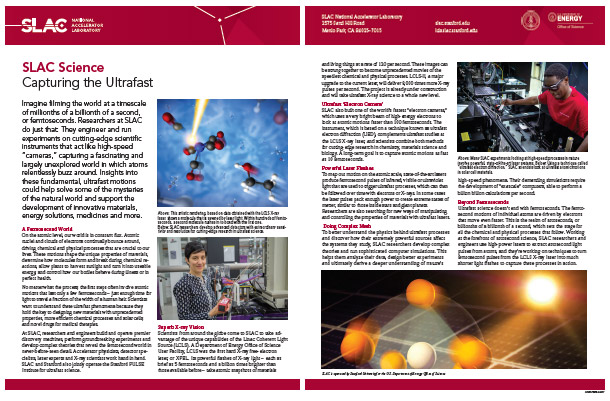Why Study in Femtoseconds?
~ An introduction by physicist Phil Bucksbaum ~
Director of the PULSE Institute at SLAC and Stanford University
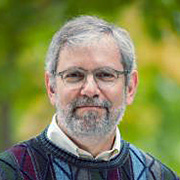
The text on this screen may appear stable enough, but every molecule, atom, and electron in it is in constant motion. The laws of quantum physics require that on the atomic scale nothing is ever truly at rest. Nano-sized motion also keeps us warm, cooks our food, lights our smartphones, and enables all of our senses of hearing, sight, smell, taste, and touch.
Until recently this tiny, rapid motion was always hidden from view because it is just too small and too fast to record in real time. But now new tools like the bright X-ray pulses at the Linac Coherent Light Source (LCLS) and the advanced ultrashort pulse lasers and electron beams at SLAC can capture snapshot images that last only femtoseconds—quadrillionths of a second. This is a flash of light short enough to freeze the motion of atoms in molecules. Still faster probes, under development now by scientists at SLAC, will soon be able to track the motion of electrons as they cross single chemical bonds in less than a single femtosecond.
Scientists piece these snapshots together to make slow-motion molecular movies that show how nature works. These femtosecond movies can help scientists develop novel materials and new chemicals, and help us to understand how all processes in nature depend on femtosecond motion on the atomic scale.
During Femtosecond Week, learn more about these experiments and the researchers who are making discoveries at this frontier of science.
